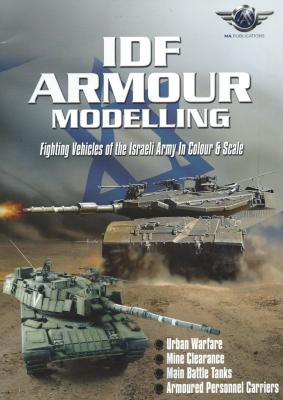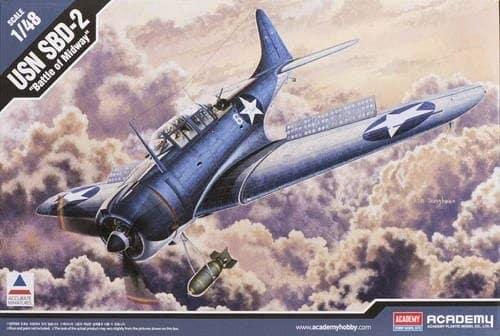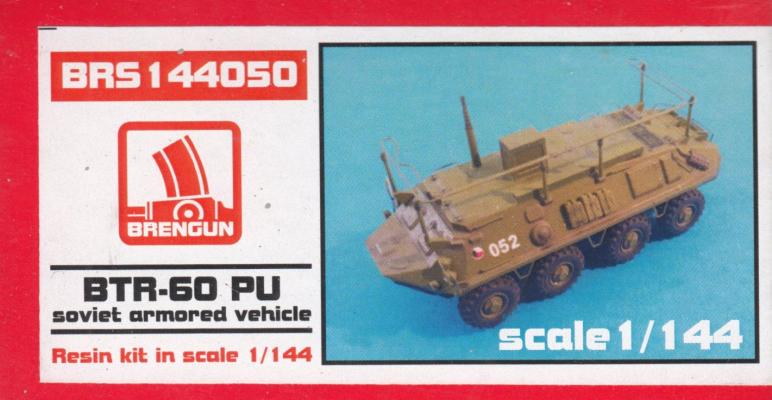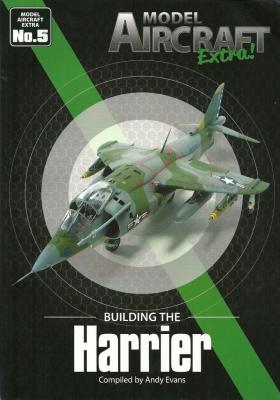This is the first of a new series of books for military modellers and enthusiasts. Each book in the series centers on a particular subject and numerous model builds, step-by-step guides, and tips and techniques along the way. Models in a variety of scales are included- some full kit builds, some conversions, and painting guides. This particular volume looks in depth at various vehicles that serve with the Israeli Defense Forces. Some of the topics covered include urban warfare, mine clearance, main battle tanks, and armoured personnel carriers.
What’s Inside
After a brief two page introduction, the book continues with 21 different builds or conversions of kits. The titles pretty much give an indication of what is occurring in each build and what kits were used. The builds break down into the following:















